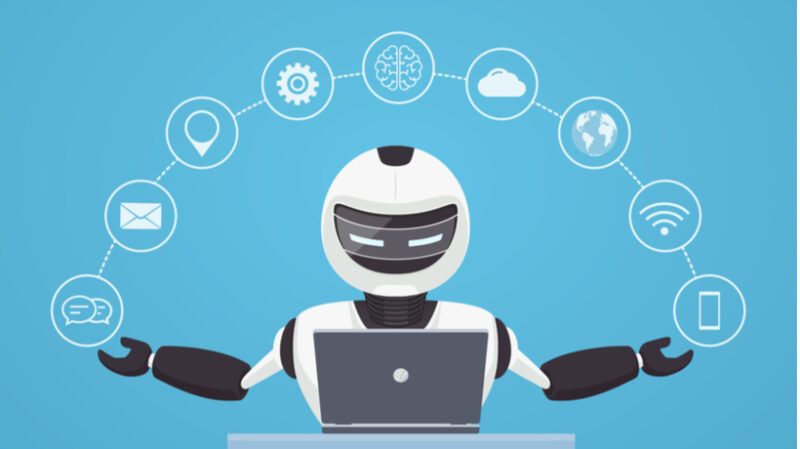The Distinction Between An eLearning Chatbot And A Virtual Assistant
Here are a few ways in which the interfaces of virtual assistants and chatbots differ:
1. Intelligence
Typically text-based, chatbots are designed to respond to a limited range of inquiries or statements. They will fail if the query is not one from the trained set of replies. Chatbots are incapable of sustained human contact. Traditionally, they have been text-based, but they may also include audio and visual elements. They give a more FAQ-style of engagement. They are especially incapable of processing languages.
Virtual assistants use a much more complex interactive platform. They comprehend not just the language but also the context in which the user communicates. They may learn from past experiences, which adds an element of unpredictability to their behavior. This enables them to have an extended personal relationship. They may also be programmed to execute significantly more sophisticated tasks.
2. Natural Language Processing (NLP)
Chatbots are not built to adapt to changes in the way language is used. They lack advanced language processing abilities. They only accept specific words from the user and respond with a pre-programmed response. They have a structured dialogue and are specially designed to respond to certain inquiries; they are unable to respond to complicated questions not programmed into them. They are unable to comprehend the client in this case and hence fail to respond correctly.
Natural language processing (NLP) and natural language understanding (NLU) are the important considerations for virtual assistants. There has been significant research in natural language processing to develop advanced capabilities for virtual assistants. For example, virtual assistants can now comprehend slang used in everyday natural conversations and analyze sentiments through the use of languages, enhancing an already strong set of communication skills. NLP enables virtual assistants to converse more naturally than chatbots.
3. Tasks
Chatbots are restricted in their use and lack advanced algorithms for customer service and automatic purchasing. They do things according to basic rules and are incapable of doing complicated jobs. The majority of customer service inquiries and interactions are automated these days.
Virtual assistants have a broader scope and are capable of doing a variety of activities, such as comparing items or determining the best product based on specified characteristics. Additionally, they can be used for activities such as decision-making and eCommerce. They are capable of doing tasks such as sharing jokes, playing music, providing stock market information, and even managing various devices in the room. Unlike chatbots, virtual assistants improve with time.
4. Science And Technology
The generative model and the selective model are the two most often used chatbot models. The generator ranking model has several levels of information, and the user’s query is routed through each layer to arrive at the best result. The selective model, also known as a ranking model, compares the information provided by the user to its present memory contents and sorts it in order to arrive at the optimal answer.
Structured data is used to train bots. Node.js, javascript, and python all make it simple to create chatbots. Although Java and C# are also supported, they do not give as good an interface as the other three. AWS, Heroku, and Azure are three prominent hosting servers for developing chatbots.
Virtual assistants learn from their interactions with humans via the use of artificial neural networks (ANNs). Based on the analysis, ANNs are used to identify, categorize, and predict. The virtual assistant can be created to learn by the use of numerous APIs. api.ai, Wit.ai, Melissa, Clarifai, Tensorflow, Amazon AI, and IBM Watson are just a few of the major APIs accessible. Cogito, DataSift, iSpeech, Microsoft Project Oxford, Mozscape, and OpenCalais are a few significantly less popular ones.
Through hard coding, wildcard matching of terms, and time-consuming keyword training, virtual assistants can manage conversations, have sophisticated natural language processing capabilities, and conduct a limited number of chats.


